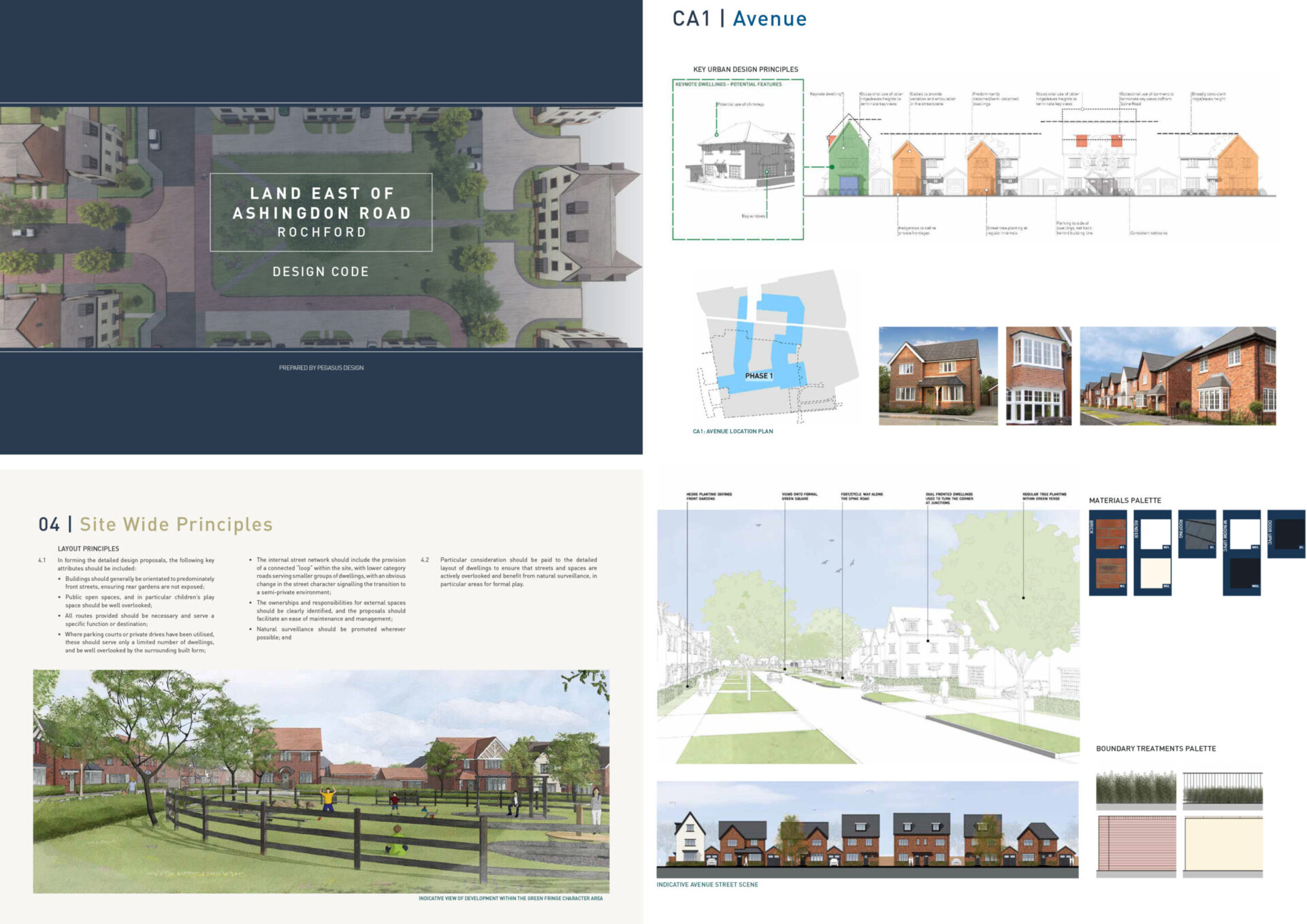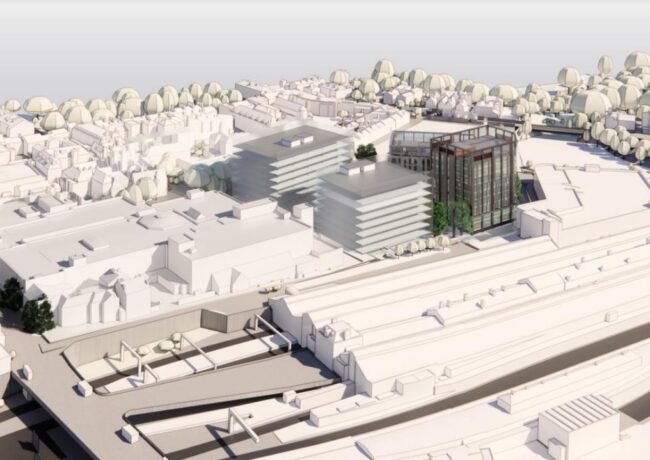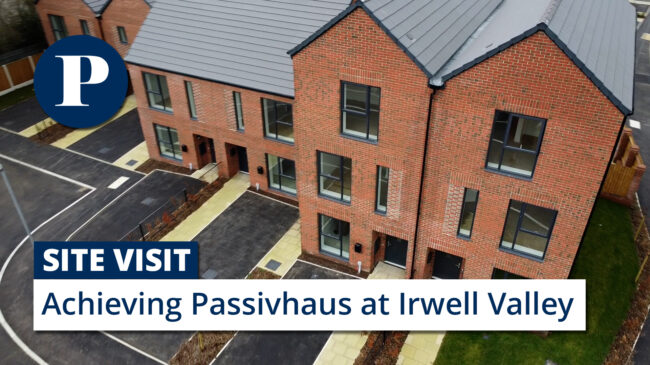Commentary
COMMENT | Are local design codes flexible enough to ensure quality?
The ideas set out in the Government’s planning white paper yearn for a future of better quality housing, writes Andrew Gilsenan of Pegasus Group.
One of the proposals, Proposal 14, of the Government’s Planning for the Future white paper published in the summer intends to “incentivise and accelerate high quality development that reflects local character and preferences”. On the face of it, the paper brings forward the recommendations of the Building Better Building Beautiful Commission, which it set out in its publication Living with Beauty in January.
The latest proposition is threefold:
- Change the national policy context to give positive advantage to schemes that identify site and area specific requirements, and comply with locally produced design codes, including the potential to fast-track well-designed schemes
- Masterplans and site-specific codes are agreed as a condition of the permission in principle for significant development in growth areas identified in the plan, which suggests a lot of upfront design work could be required to obtain a council’s approval at the local plan stage
- Using “pattern books” as a means of supporting “gentle intensification” of our towns and cities as part of widening and changing the nature of permitted development, which presumably will focus on demonstrating the existing norm and acceptance within such areas
The Government perceives the rolling back of certain details and the avoidance of repletion in local plans as a positive step in allowing a refocus on design quality to be determined at a local level.
The suggested replacement structure would be a series of general development principles set out in national development management policies, with local plans and locally produced design codes identifying site-specific requirements. The vision is that these emerging design codes will identify the local vernacular, setting out a palate of materials, styles and urban form, to which future development should adhere.
We understand from our varied experience that good design codes endeavour to learn from the surrounding context. The emphasis here is on the aesthetic:
“People are attached to local materials and to vernacular ways of building that have inserted themselves comfortably into the landscape. Visual preference research is of the first importance, and design codes should take note of this research.”
The position is further clarified and reinforced in policy Proposal 4:
“Local authorities, neighbourhood forums and parishes should be strongly encouraged to embed the national requirement for beauty and placemaking from the outset, before any decisions are made about allocating land or making development control decisions…
“Where appropriate, more detailed design codes should also be included in local plan documents, supplementary planning documents or neighbourhood plans”
It is apparent that the Government considers that the focus of local planning authorities is shifting towards the development of clear local plans and high-quality design codes that set the parameters for development.
The idea is that the design code would replace decision making based on vague policies, and instead provide a detailed analysis and trajectory for new development. It is seen as being a robust document that will have been crafted through a thorough, rigorous and well thought-out process including public engagement. All are plainly good ideas. However, the fly in the ointment with the design code in this guise is that it now starts to do a significant amount of heavy lifting at an early stage in the planning process.
Not only is the design code prescribing what the style and form should be but it is now required to be a rigid document that will be reviewed, scrutinised, and tested. The paradoxical position is that codes that are supposed to provide certainty, clarity and cohesion remove flexibility, which is when design codes arguably perform at their optimum level.
Helpfully, the white paper makes clear that design codes are considered the primary tool for raising design quality in significant development areas and that these could comprise simple ‘coordinating codes’, with more developed codes providing greater detail and certainty later in the process. This suggests a staged and evolving design process will still be endorsed.
Clarity of specification, clear direction and prescription is fundamental to many stakeholders, including those looking to purchase or bring forward a site but the balance must be appropriate for the relevant stage of the design and planning process.
The reality is that most developers and landowners request good quality masterplans and design codes at appropriate intervals to demonstrate sites can suitably deliver a certain quantum of built development and provide an attractive landscaped setting in a form that respects key constraints and opportunities. Most Local Authorities are well versed at reading these masterplans and many commission their own.
The challenge comes in articulating these details to local communities at the Local Plan stage and seeking buy-in on master planning and design principles when communities might be outright opposed to the development. Addressing such opposing views is where more detailed design codes could potentially prove their worth. The challenge will be assigning the responsibility and cost of this process, particularly at such an early stage.
What the Government appears to be proposing is that design codes may be considered something of a panacea: a one-stop solution that will supersede current guidance and deliver high-end development. This approach may be perceived as accessible comprehensive guidance developed at a local level. However, in reality, will the resulting design code afford the necessary flexibility, fluidity and evolution that is needed to deliver quality forward-thinking design in a fast-moving world?
The new national design code is yet to be released but it is my hope that the next steps will be to provide comprehensive information and structure that demonstrates how future design codes can be robust  enough to deliver the fundamentals, yet organic enough to grow over time and support the new ideas that are so important to our industry.
enough to deliver the fundamentals, yet organic enough to grow over time and support the new ideas that are so important to our industry.
- Andrew Gilsenan is associate urban designer at Pegasus Group, based in the Manchester office





